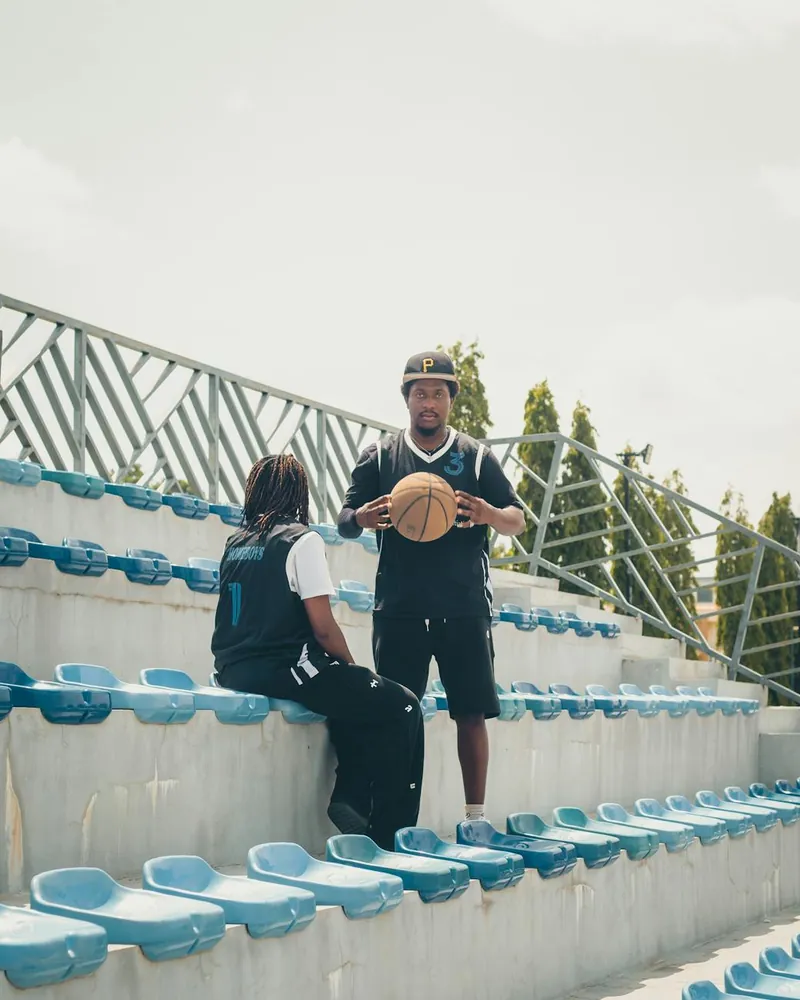Practical Steps to Run an Impactful Youth Basketball Skills Clinic

Understanding the Purpose of a Youth Basketball Skills Clinic
Organizing a youth basketball skills clinic offers a unique opportunity to instill foundational skills in young athletes, while also fostering their love for the game. The primary objective of such a clinic is to enhance players' technical skills, improve their basketball IQ, and motivate them through engaging activities. Before diving into the logistics, it’s crucial to clearly define what you hope to achieve with your clinic.
Consider your audience: Are you targeting beginners who need to learn the basics, or intermediate players looking to refine specific skills? This decision will shape every aspect of your clinic, from the drills you choose to the coaches you hire.
Planning Your Clinic: Step-by-Step
1. Establishing Goals and Objectives
The first step in planning your clinic is to outline clear goals. These could range from improving specific skills like dribbling and shooting to teaching defensive strategies. Set objectives that are realistic and measurable. For instance, aim to have each participant increase their free throw percentage by the end of the clinic.
2. Selecting the Right Venue
Your venue choice can significantly influence the success of your clinic. Ideally, it should have adequate court space, appropriate safety measures, and amenities such as restrooms and changing facilities. Ensure the location is accessible for both participants and their parents.
For example, if you're expecting a large number of participants, consider venues with multiple courts or larger gymnasiums. For smaller clinics focused on individual attention, a single court may suffice.
3. Scheduling and Duration
Decide on the duration of your clinic based on your objectives. A weekend clinic might focus on intensive skill development, whereas a weekly session over several months could allow more gradual progress.
- One-day Clinics: Perfect for focused training on specific skills like shooting or defense.
- Weekend Clinics: Offers a balance between intense training and enough time for skill retention.
- Extended Programs: Suitable for developing comprehensive skill sets over time.
Essential Equipment and Resources
1. Basketballs
Adequate basketballs are essential for smooth operations during drills. Ensure you have enough basketballs for each participant, plus extras in case any become damaged. Size matters; make sure the basketballs are age-appropriate—size 5 for younger children and size 6 or 7 for older kids.
2. Cones and Markers
Cones and markers are crucial for setting up drill stations and organizing space effectively on the court. Use different colors to indicate various stations or areas for drills, helping to manage large groups efficiently.
3. Safety Equipment
Player safety is paramount. Consider having basic first-aid kits available, along with ice packs and other necessary medical supplies. Encourage participants to wear proper footwear and protective gear like knee pads if necessary.
Engaging Young Athletes: Techniques and Tips
1. Interactive Drills
The key to keeping young athletes engaged is incorporating fun into learning. Use interactive drills that are both challenging and entertaining. For instance, relay races that incorporate dribbling can improve speed and ball handling under pressure while keeping participants enthusiastic.
2. Motivational Coaching
The role of a coach extends beyond teaching skills; they inspire and motivate. Encourage coaches to use positive reinforcement, celebrate small victories, and provide constructive feedback.
For example, after a successful drill, gather participants and highlight what they did well before moving on to areas of improvement.
3. Gamified Sessions
Turning drills into games can heighten engagement levels significantly. Consider ending sessions with mini-tournaments or skill challenges where players can earn points or small rewards. This not only fosters a healthy competitive spirit but also reinforces what they've learned in a practical setting.
Evaluating Success: What to Look For
1. Feedback from Participants
An essential measure of your clinic's success is the feedback from participants and their parents. Use surveys or casual conversations to gather insights into what worked well and areas for improvement.
2. Skill Progression
Track players’ skill progression from the beginning to the end of the clinic. Pre- and post-clinic assessments can provide tangible evidence of improvement, helping you adjust future clinic plans accordingly.
3. Enjoyment Levels
A successful clinic is not just about skill improvement but also about ensuring participants enjoy themselves. Observe players’ enthusiasm during activities and note any changes in their attitude towards the game.
Final Thoughts: Building a Positive Experience
A well-organized basketball skills clinic can have a lasting impact on young athletes by enhancing their skills, building confidence, and instilling a lifelong passion for the sport. By focusing on thoughtful planning, selecting appropriate equipment, and employing engaging coaching techniques, you can ensure your clinic is both impactful and enjoyable for all involved.
 BuzzArticle
BuzzArticle